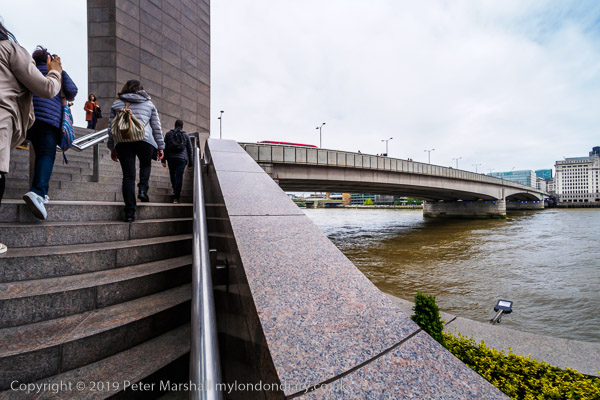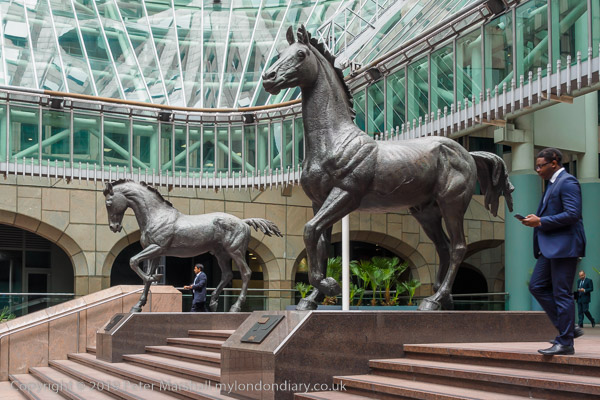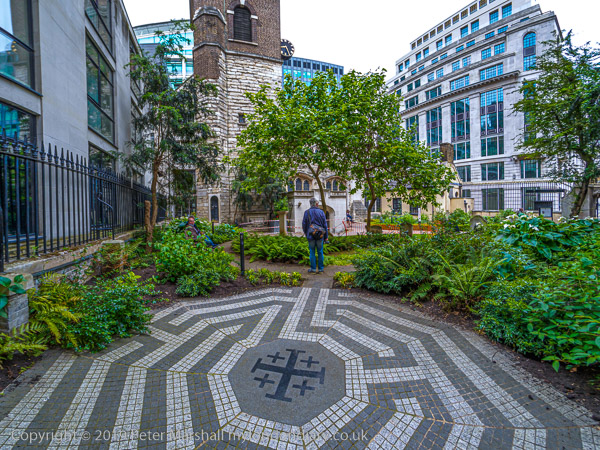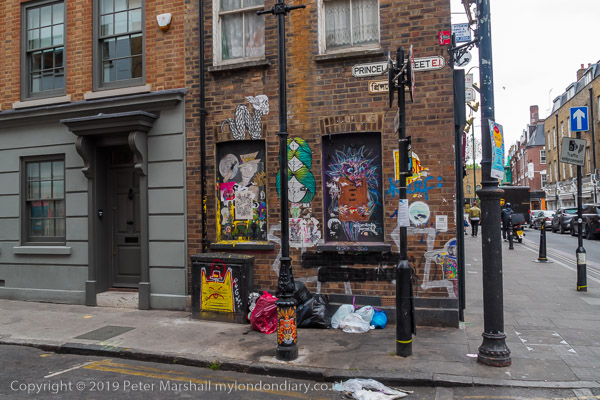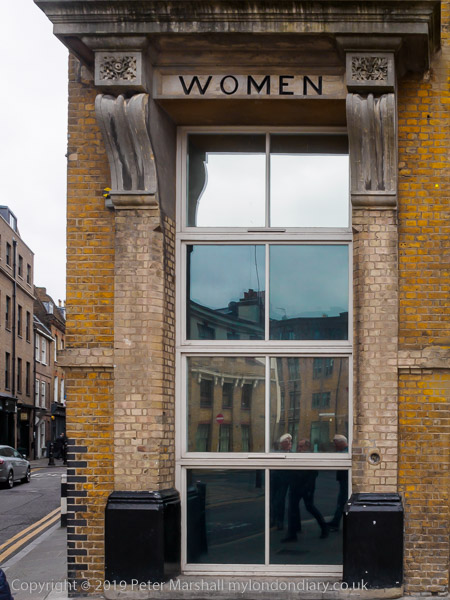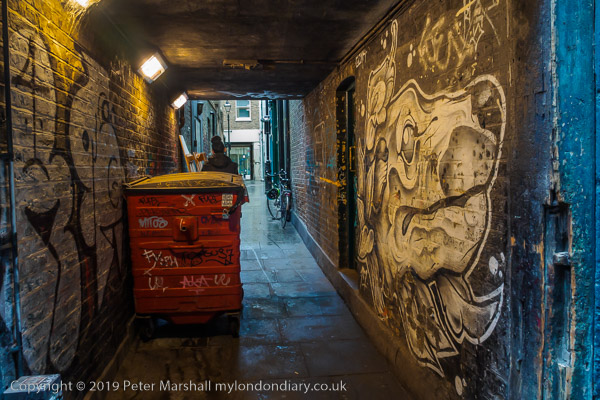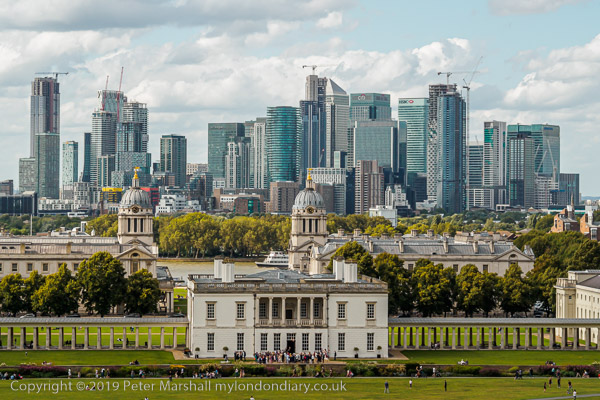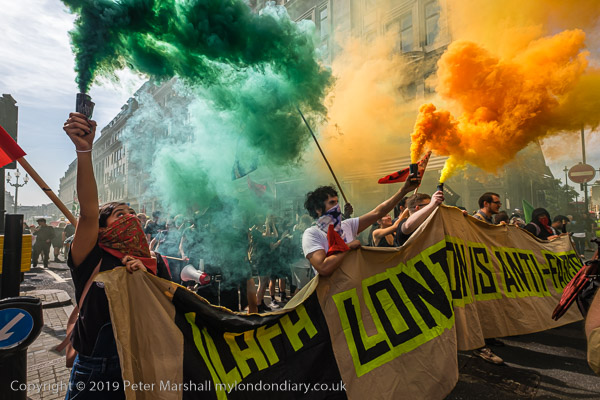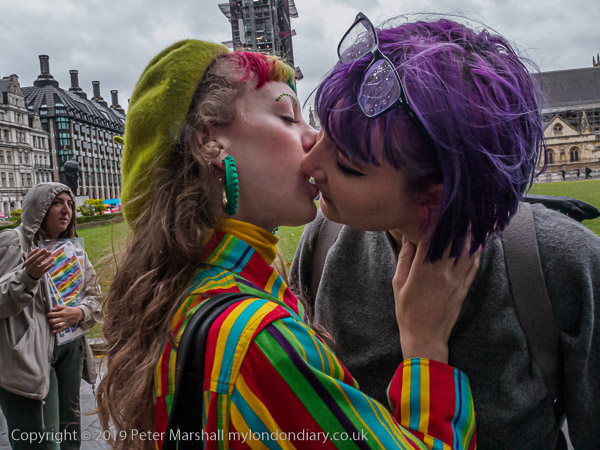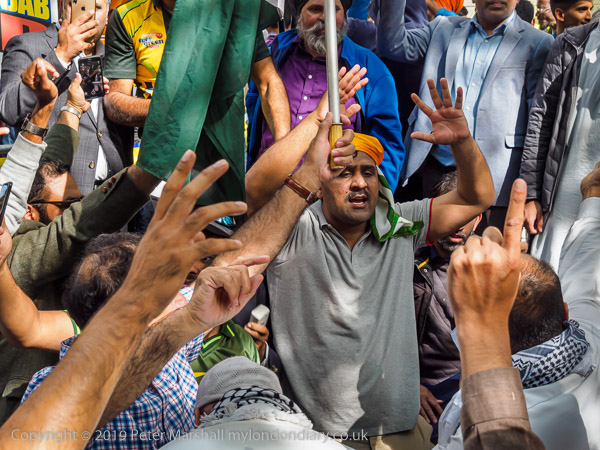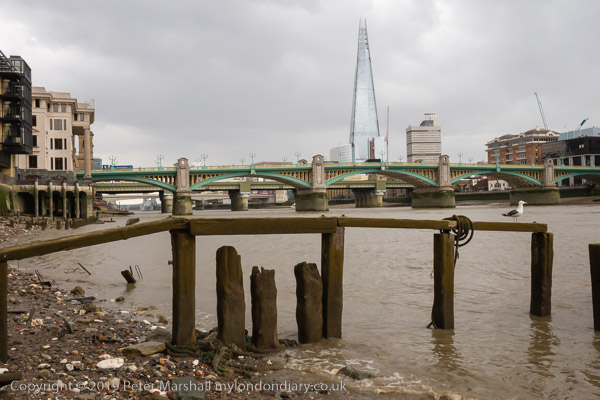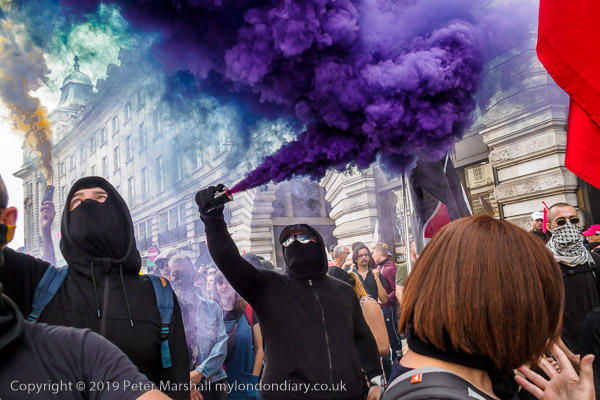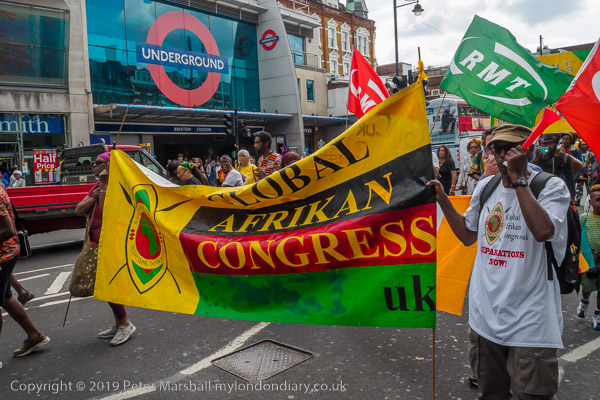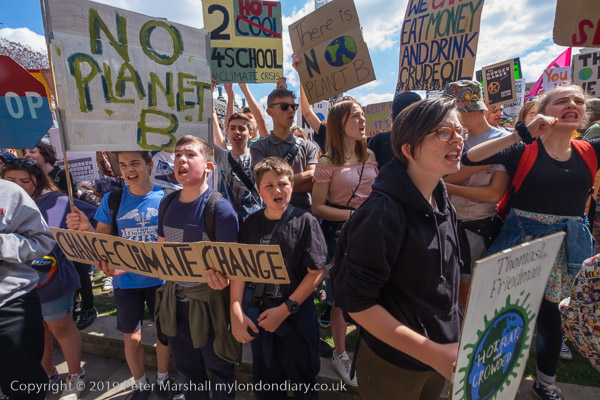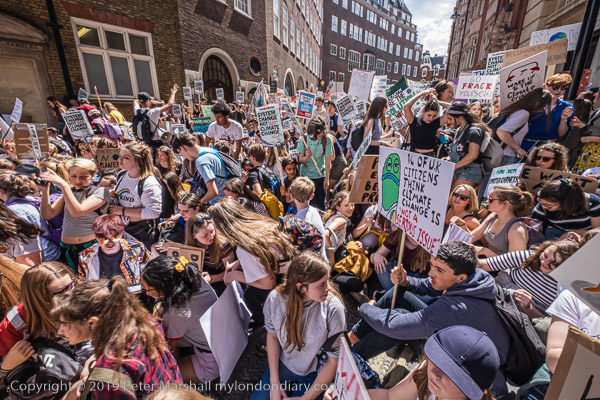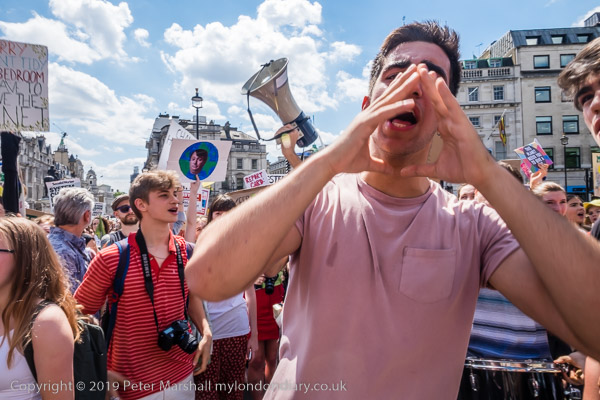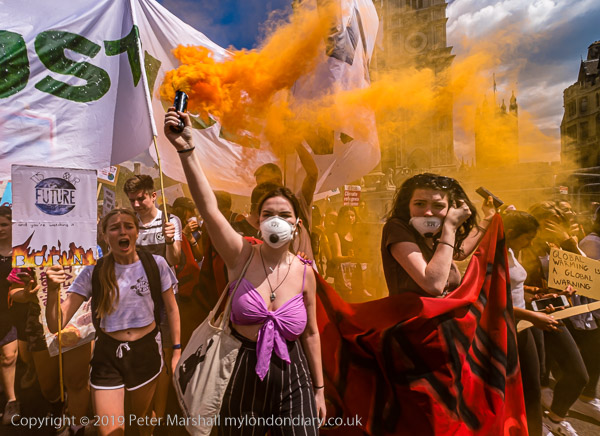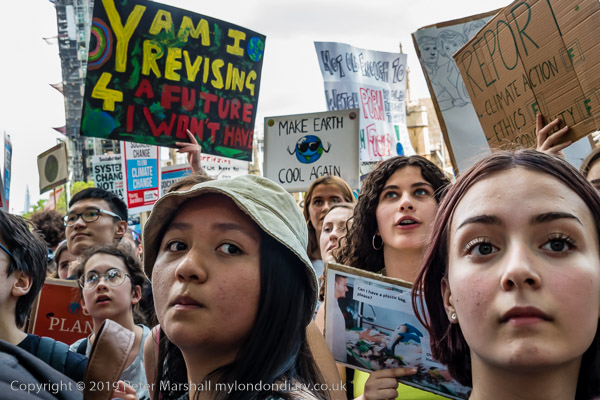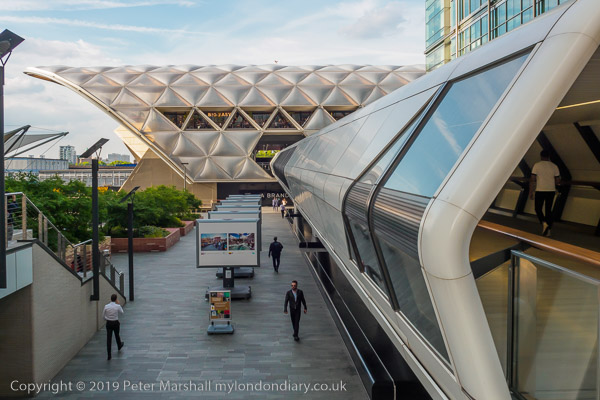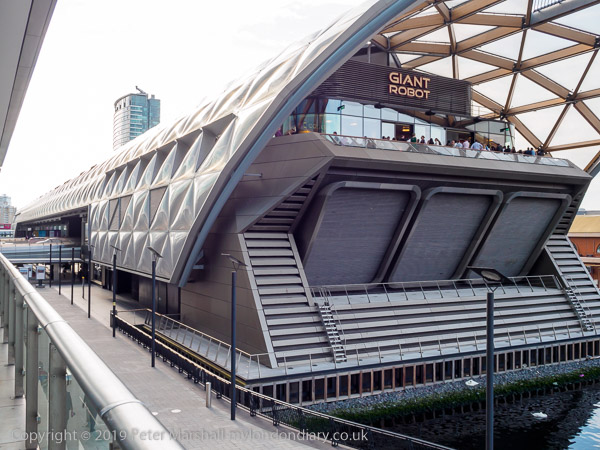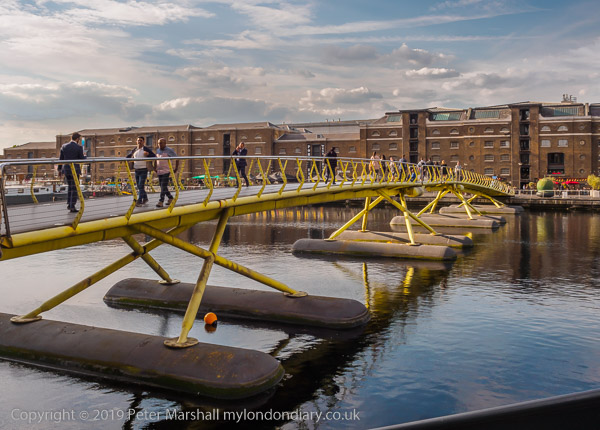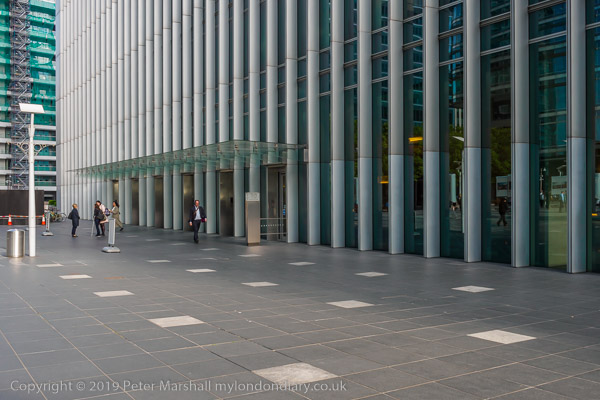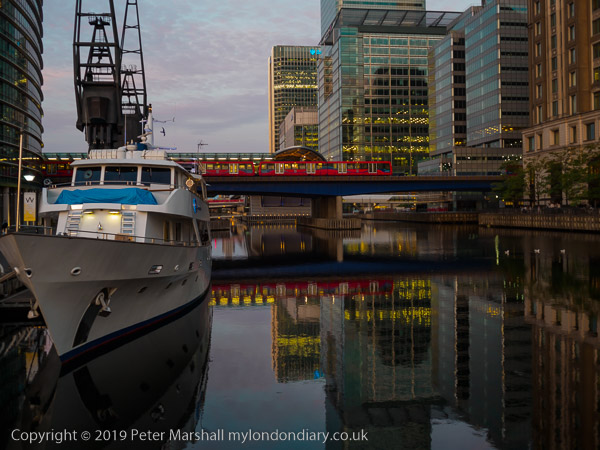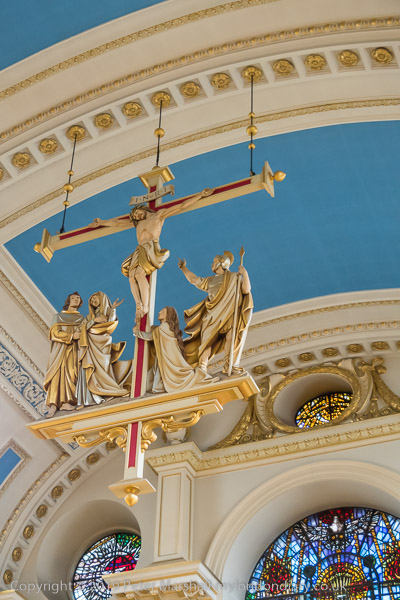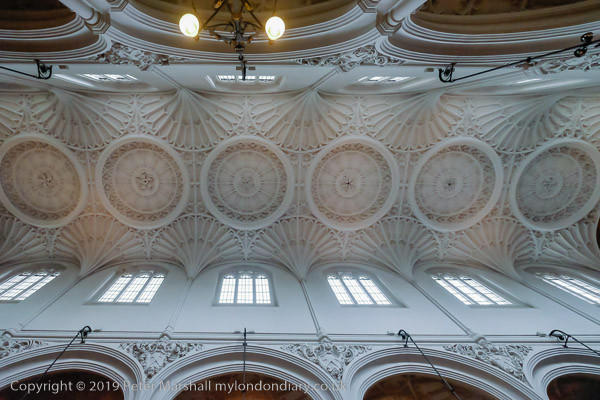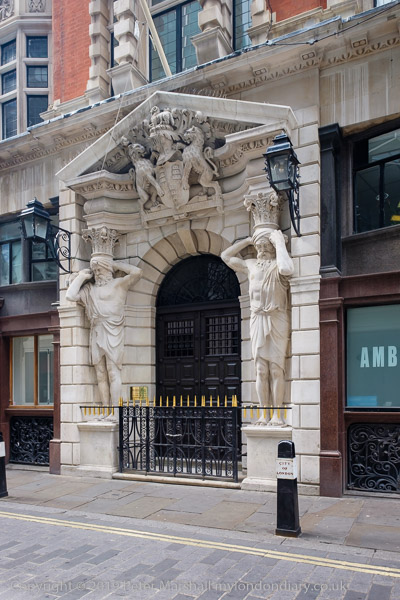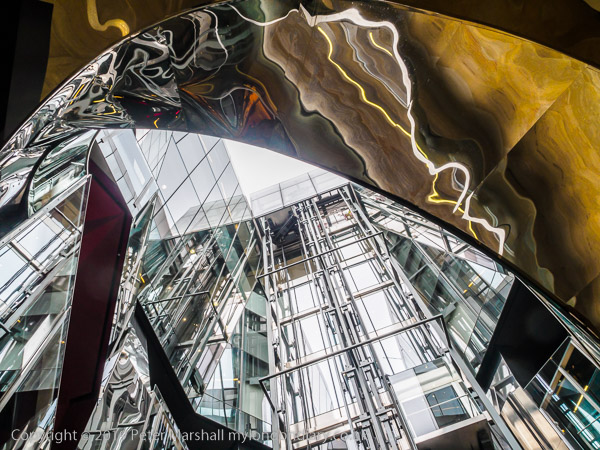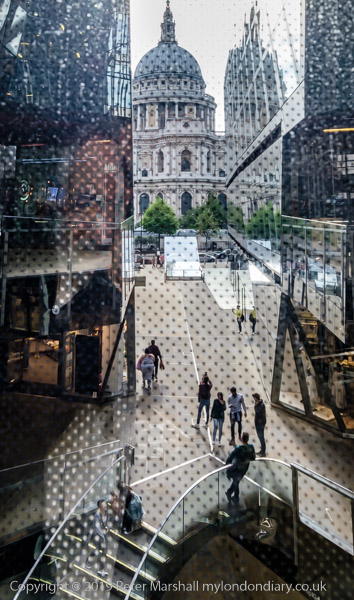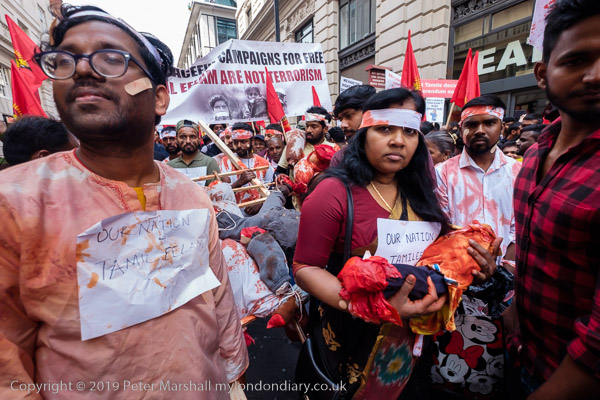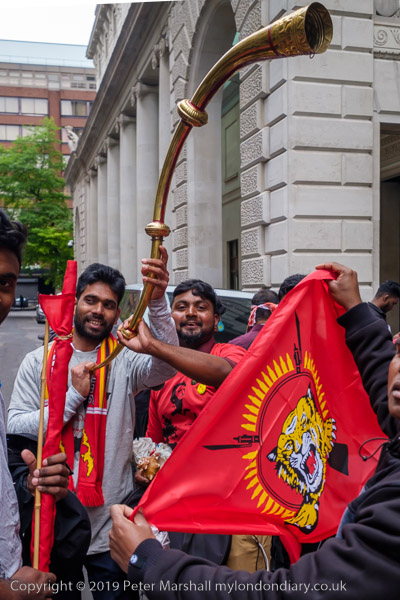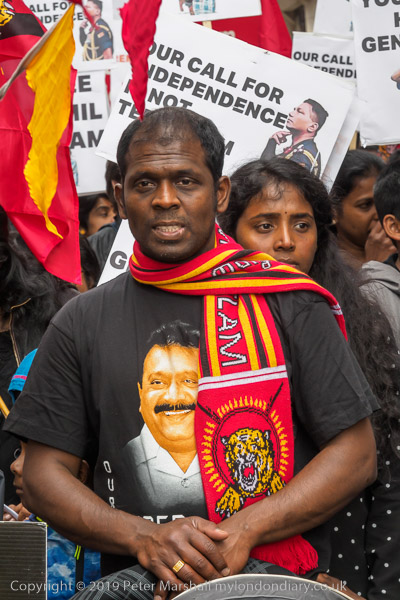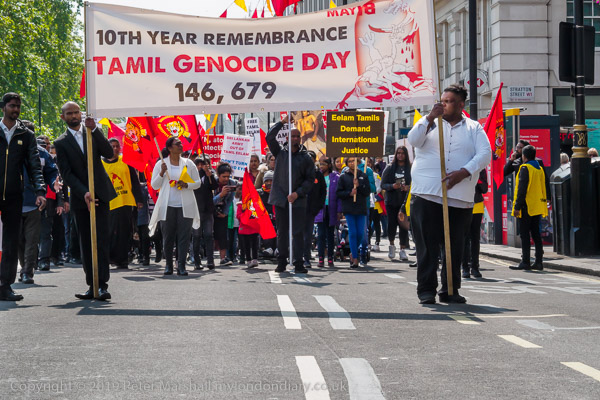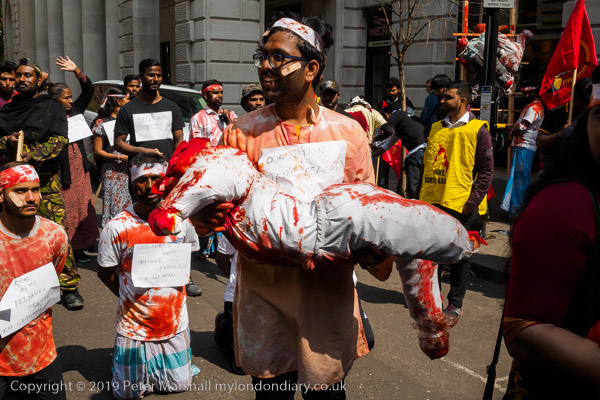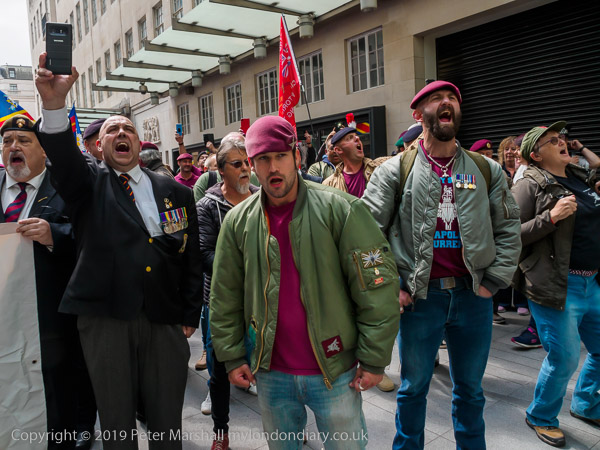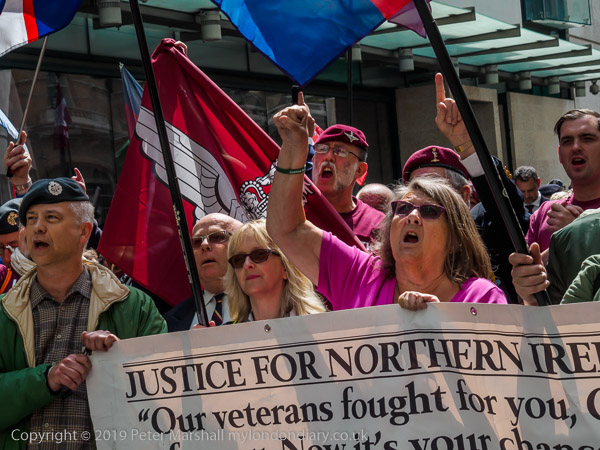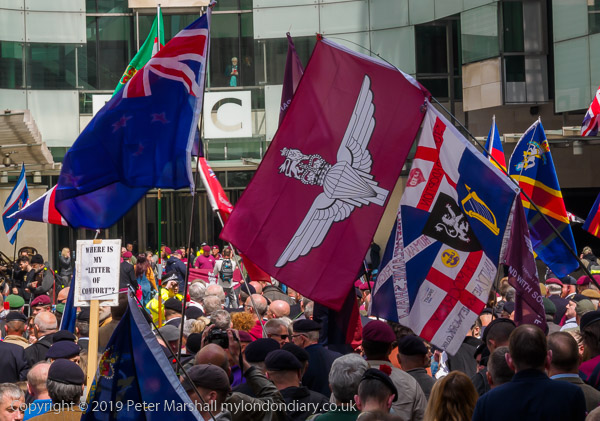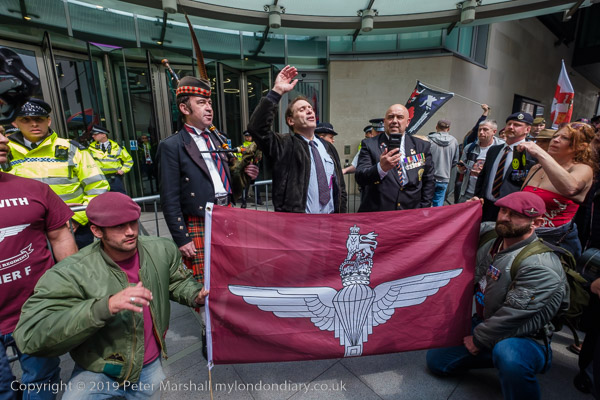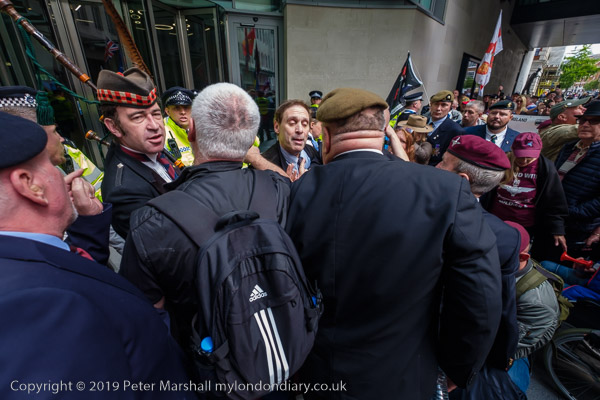I took one look when Paul Trevor began to speak at the launch of his new book Once Upon a Time in Brick Lane‘ last night, and decided against trying to take pictures in the dimly lit bar. Then a few seconds later I walked across to where I’d left my camera bag with friends and took out the Olympus OMD EM5II and thought “eff it, I might as well give it a try“.
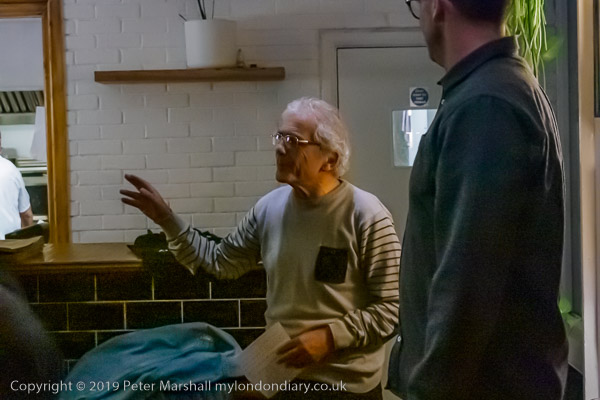
I knew I’d set the camera earlier in the day on ISO AUTO, with a maximum ISO of 5000, but since I only had the 14-150mm f4-5.6 on the camera (28-300 equiv) it wasn’t really fast enough. Though since it was underexposing by a stop or two, the pictures were really taken at ISO10-20,000.
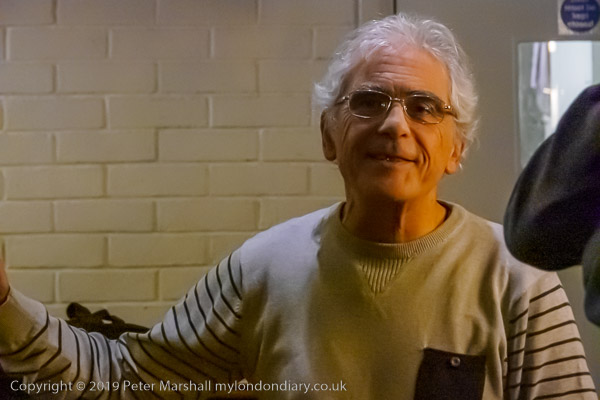
I’d been at the back of the room when the presentation began, and couldn’t easily get much closer, and there was a long table with drinks on it in my way. I’d put the camera on Shutter Priority, and set the shutter speed to 1/40th. The good news is that although I had to work at focal lengths between the equivalent of 60mm and 150mm, none of the images show any camera shake – the in-body stabilisation seems very effective.
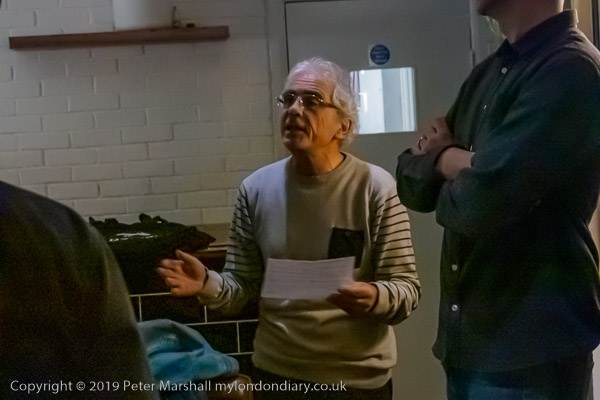
The bad news is that with this lens autofocus is poor in such low light, with a lot of hunting at the longer focal lengths. Paul is a pretty mobile speaker – I think in part a nervous gesture as like many photographers he isn’t really happy speaking in public, and the camera could just not keep him in focus. I had to wait until it managed to focus and take a picture sharply before it lost sharpness again.
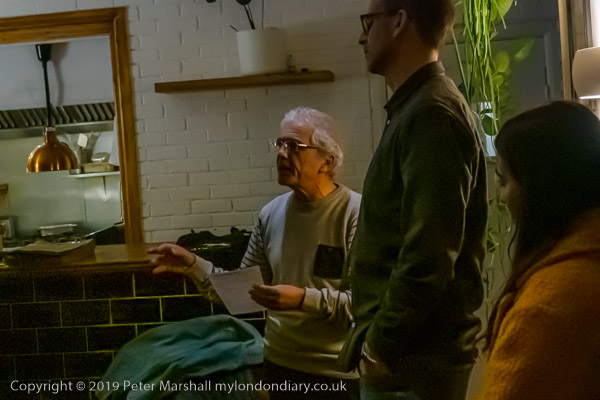
A second piece of bad news, I think evident even in these small pictures, is that the image quality is not great. I’m sure the Nikon D810 would have done rather better under these conditions. Working in normal daylight there isn’t a very noticeable difference.
But the Olympus scores on noise. I’ve not bothered to use the silent shutter mode (which comes with some problems) but the mechanical shutter is one of the quietest I’ve use, hardly noticeable in most situations. The D750 and D810 aren’t particularly noisy cameras, but the shutter sound does become noticeable in quiet locations.
If you’ve not already bought the book, I suggest you waste no time in doing so. As it states on the Hoxton Mini Press web site:
‘Paul Trevor, one of the great unsung heroes of British documentary photography, spent many years during the 70s and 80s capturing life on Brick Lane, London’s most iconic East End street. Published here for the very first time, these images, full of humour, grit, love and surprise, capture a vibrant time before the area went through dramatic social change.’
As I commented on the publication of Paul Trevor’s ‘Like you’ve never been away‘ a couple of years ago:
‘I’ve always regarded Paul Trevor as the most interesting of the whole batch of British photographers who became known in the mid 1970s at exactly the time I was myself coming to photography, and there were some other impressive talents, some of whom are very much better known. Some were rather better at self-publicity.’
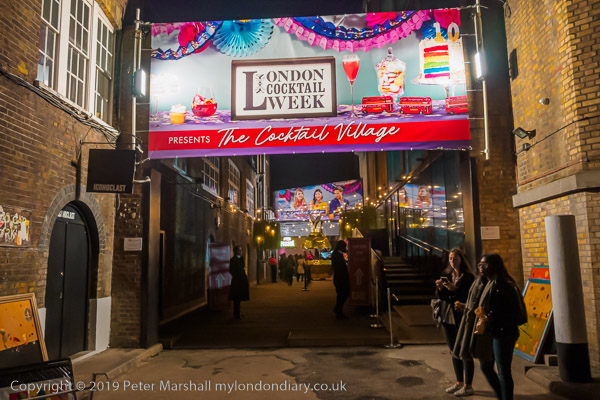
It was a well-attended launch and it was good to meet a few old friends there, including some I don’t see too often, including of course Paul himself, but after his speech I didn’t stay long, but walked out into Brick Lane, fortified by a couple of glasses of red wine and still with my camera around my neck. It was a little brighter on the street, and as I walked down to Aldgate East underground I took a few pictures. Nothing of any significance but I think they give a good idea of how Brick Lane has changed since Paul Trevor made his pictures here. A few more will appear on My London Diary, probably in a month or so.
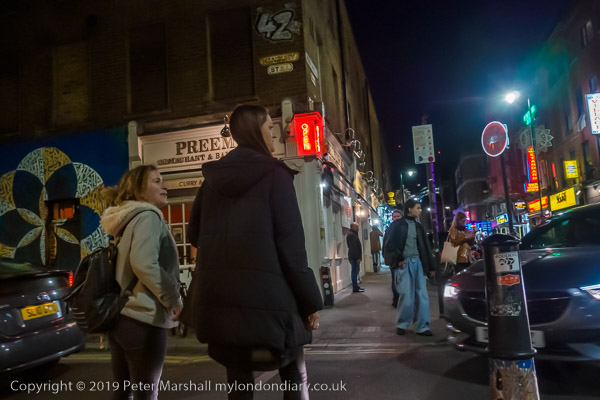
There are no adverts on this site and it receives no sponsorship, and I like to keep it that way. But it does take a considerable amount of my time and thought, and if you enjoy reading it, please share on social media.
And small donations via Paypal – perhaps the cost of a beer – would be appreciated.
All photographs on this and my other sites, unless otherwise stated, are taken by and copyright of Peter Marshall, and are available for reproduction or can be bought as prints.
